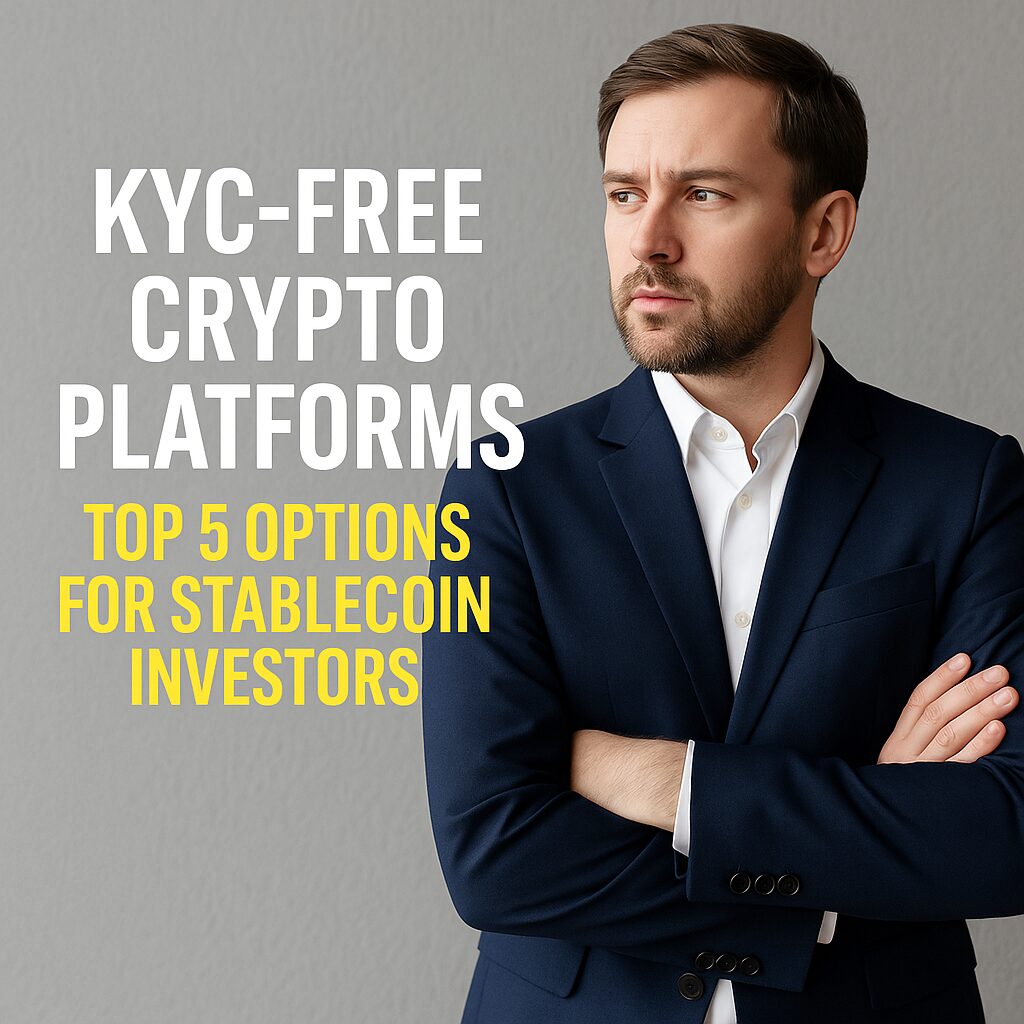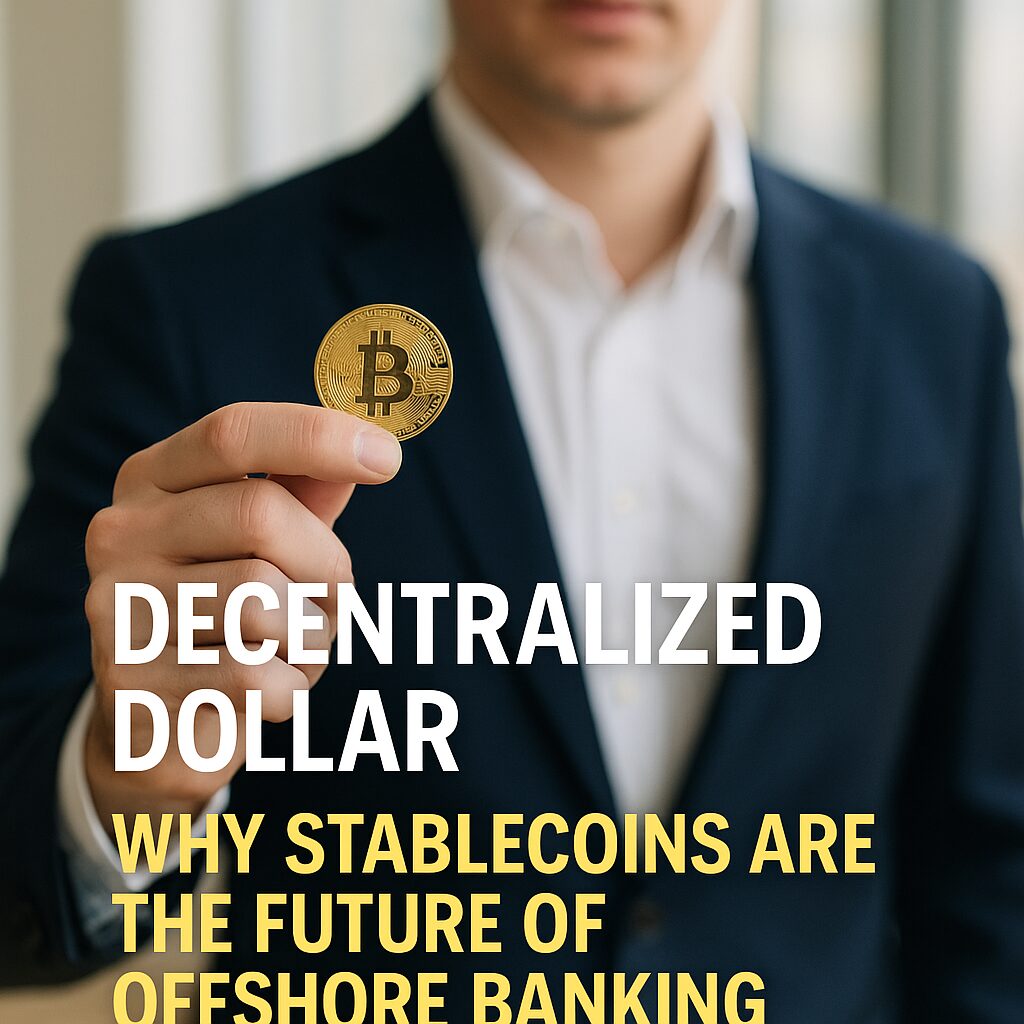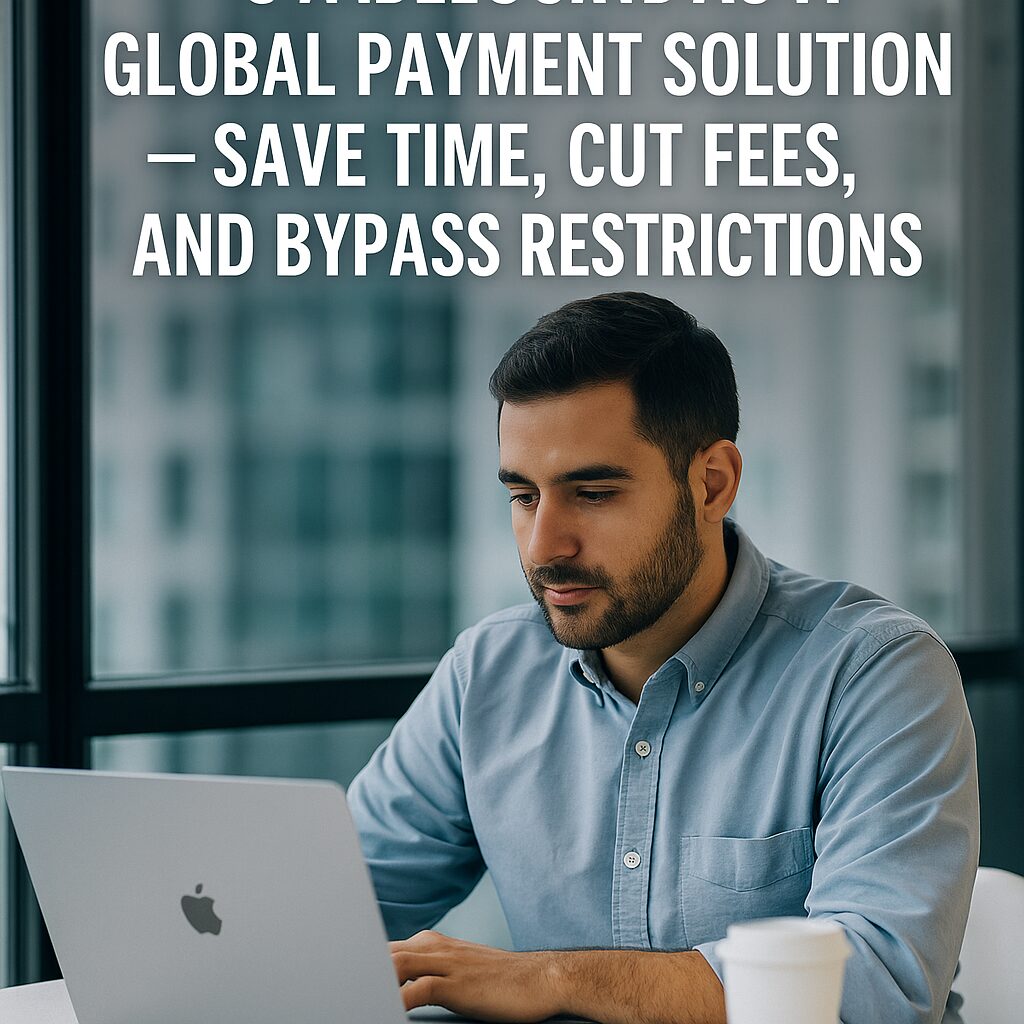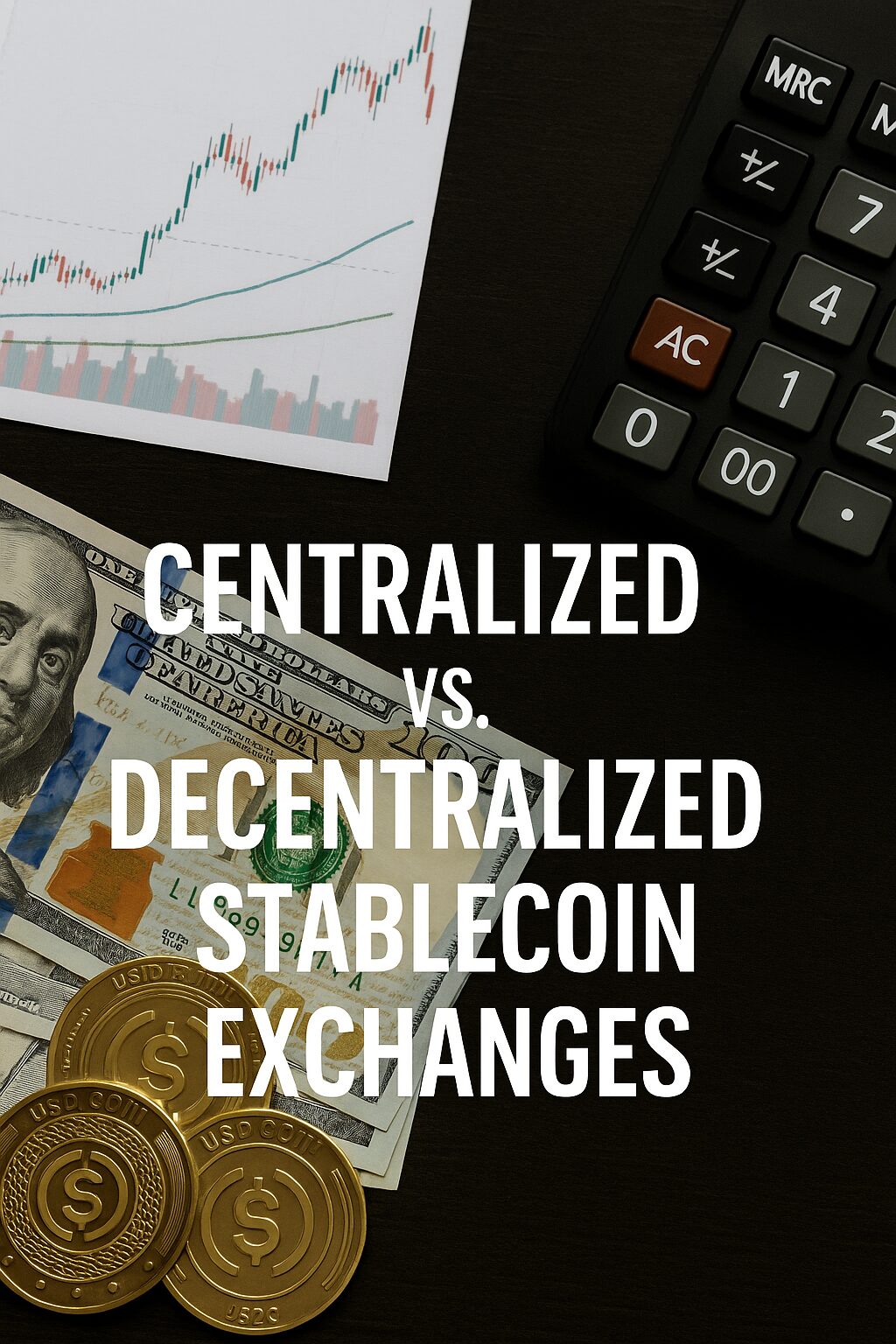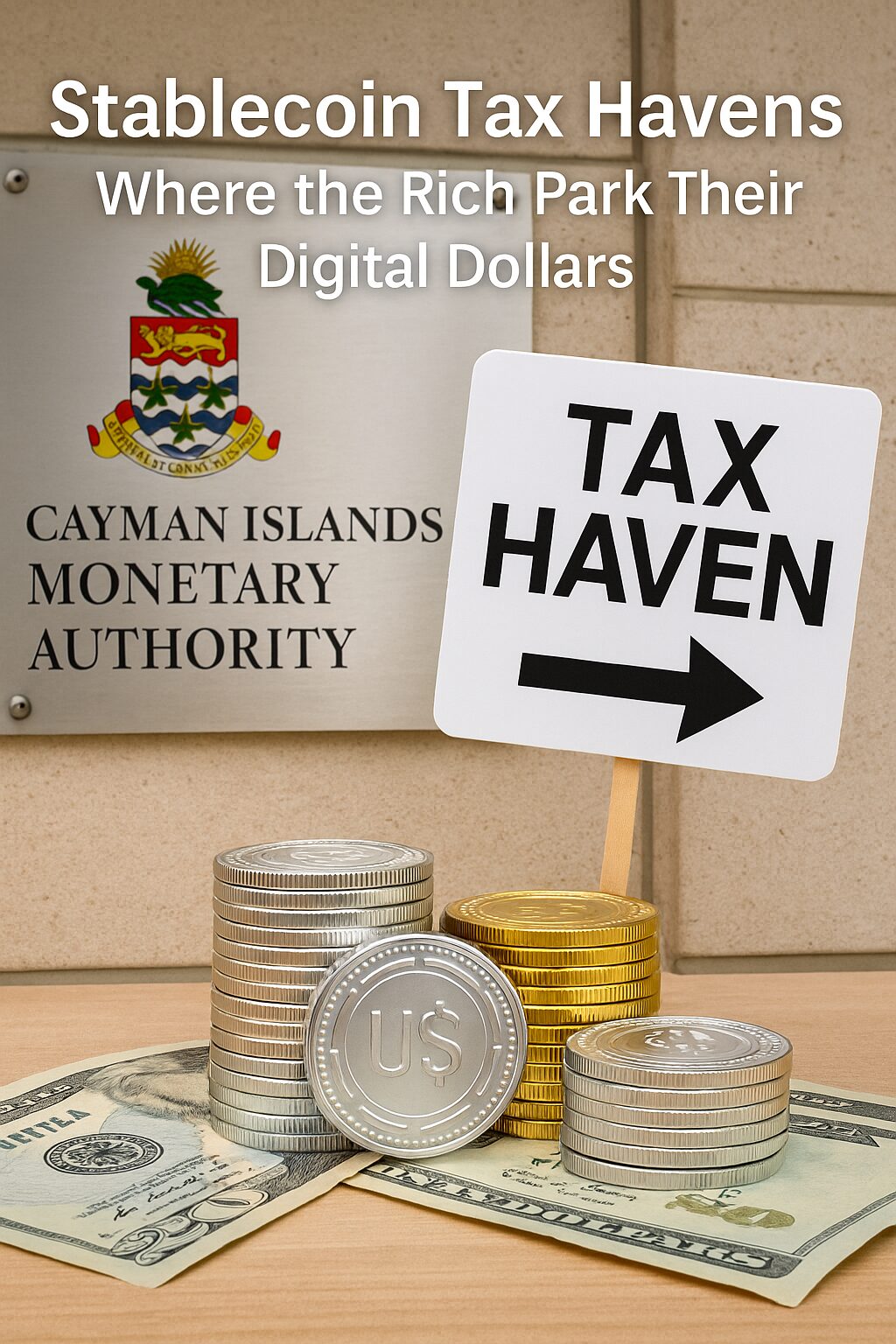Know Your Customer (KYC) regulations were created to prevent fraud and money laundering. But in the world of crypto, KYC often introduces friction, privacy concerns, and exclusion for users in restricted countries. Thankfully, a parallel ecosystem is growing—one that allows you to deposit, earn, and trade stablecoins without submitting your identity.
In this guide, we explore the top 5 KYC-free platforms that are stablecoin-friendly, trusted by privacy-focused users, and available worldwide.
Why Go KYC-Free?
KYC-free platforms are not about illegal activity—they’re about user autonomy. Here’s why stablecoin investors often prefer them:
- No government ID required
- Accessible from sanctioned or high-risk countries
- Lower risk of data breaches or surveillance
- Faster onboarding and transaction time
- Censorship-resistant finance
For users focused on privacy and borderless access, these platforms are essential.
1. Uniswap (Ethereum & Layer 2)
- Type: Decentralized Exchange (DEX)
- Stablecoins Supported: USDC, DAI, USDT, FRAX
- Why It’s Great:
- 100% KYC-free
- No account required
- High liquidity for stablecoin pairs
- Caveats: Ethereum gas fees can be high. Use Arbitrum or Optimism for lower fees.
Best For: Trading stablecoins anonymously and securely.
2. Curve Finance
- Type: Stablecoin-focused DEX
- Stablecoins Supported: USDC, USDT, DAI, TUSD, etc.
- Why It’s Great:
- Extremely low slippage for stablecoin swaps
- KYC-free liquidity pools
- High yields via staking and gauge voting
Best For: Yield farming and precise stablecoin swaps.
3. Tornado Cash (Where Legal)
- Type: Privacy Mixer
- Stablecoins Supported: USDC, USDT, DAI
- Why It’s Great:
- Adds on-chain privacy before transferring to other wallets
- Full anonymity between transactions
- Caution: Tornado Cash is banned or restricted in some jurisdictions. Use only if permitted.
Best For: Breaking transaction links and maintaining wallet privacy.
4. THORChain
- Type: Cross-chain liquidity protocol
- Stablecoins Supported: USDT, USDC via multi-chain bridges
- Why It’s Great:
- No KYC across major chains (BTC, ETH, BNB, etc.)
- Non-custodial swaps between native assets
- Community-governed and open source
Best For: Moving stablecoins across chains without centralized exchanges.
5. Bisq
- Type: Peer-to-peer trading network
- Stablecoins Supported: USDT, DAI, others vary by peer
- Why It’s Great:
- Decentralized desktop software
- Truly peer-to-peer with escrow
- Trade stablecoins for fiat (bank transfer, cash, etc.)
Best For: Local currency exchange via anonymous P2P.
How to Use KYC-Free Platforms Safely
Even without KYC, best practices matter:
- Use VPNs to avoid geo-blocking
- Interact only with verified smart contracts
- Store assets in non-custodial wallets (e.g., MetaMask, Rabby, XDEFI)
- For added privacy, rotate wallets and avoid linking real-life identifiers
- Consider cold storage for funds not actively in use
These platforms prioritize your privacy, but the responsibility is yours.
Conclusion – Privacy and Access Without Compromise
KYC-free platforms are not a loophole—they’re a design choice. For stablecoin investors seeking privacy, speed, and borderless access, these tools offer everything centralized platforms do—without the surveillance.
As regulations tighten, access to these open networks will become even more important. Whether you’re earning, saving, or sending USDC or DAI across the world, the future of stablecoin investing is decentralized—and KYC-optional.
